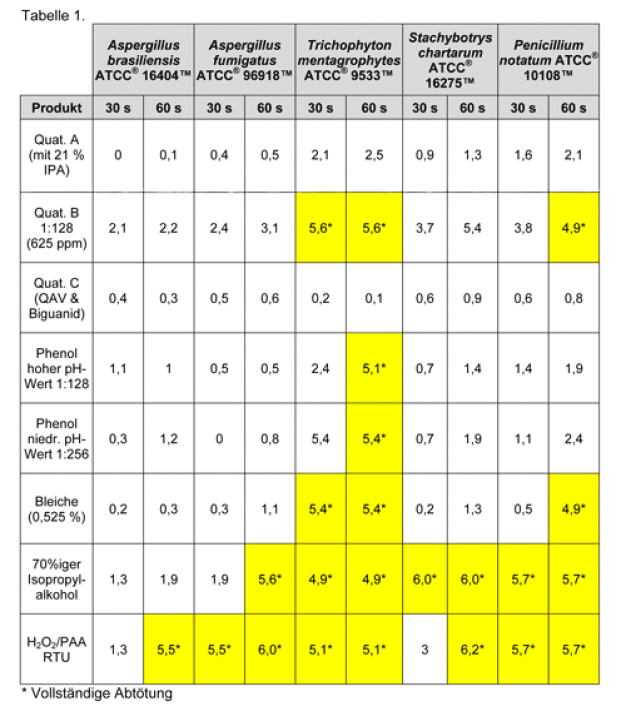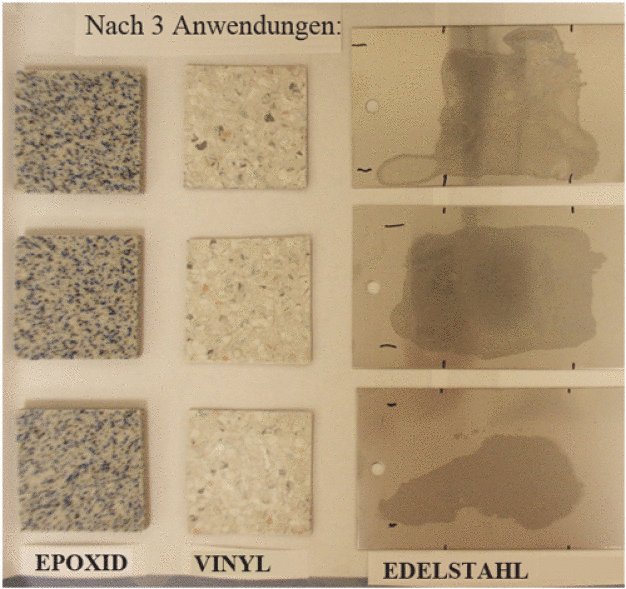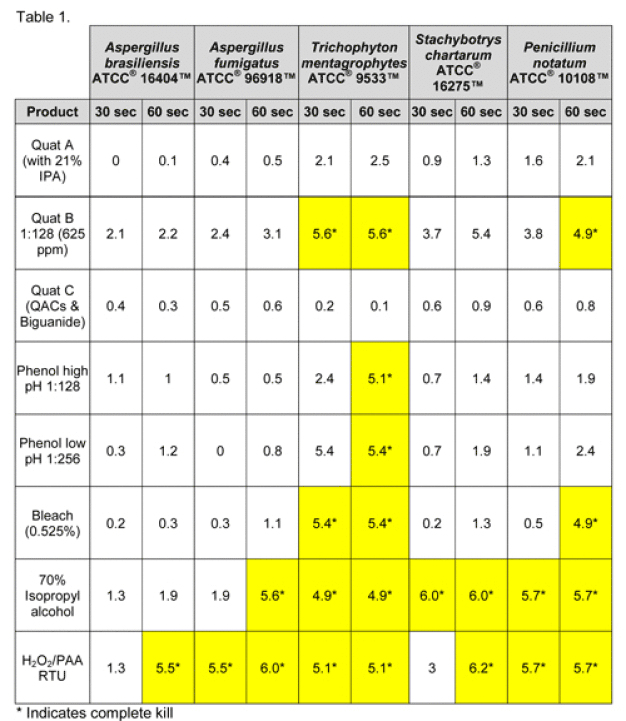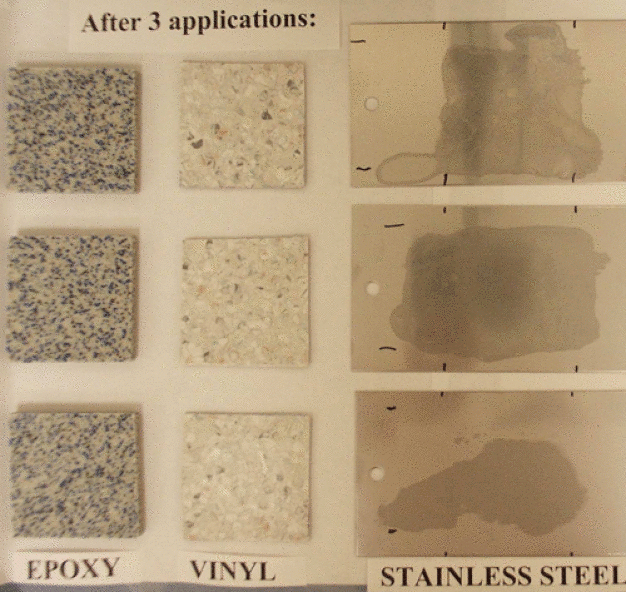Jim Polarine & Elaine Sartain
Contamination Control in Cleanrooms
Fungal Spores and Disinfectant Residue Control Measures
Spore forming organisms, bacterial endospores such as Bacillus species and fungal spores, such as from Aspergillus species, can present considerable challenges to cleanroom microbial control programs. While everyone recognizes that bacterial endospores are the most resistant forms, not everyone recognizes the challenges that fungi and fungal spores in particular can present. Fungal species, such as Aspergillus brasiliensis, are ubiquitous and are introduced into cleanrooms through raw materials, equipment, and personnel egress. Additionally, poorly designed environmental control systems, for example, with inadequate pressure, humidity and temperature controls, can make it very difficult to maintain acceptable environmental conditions. As facilities age, and as experienced, disciplined personnel move to other jobs or facilities, contamination control challenges may become greater.
Although the use of good routine disinfectants is essential to maintain adequate environmental control, while minimizing damage to sensitive surfaces, e.g. polycarbonate curtains, certain flooring, the use of a sporicidal agent must be incorporated in order to address resistant forms, such as fungi and fungal spores.
Fungal isolates commonly found in cleanrooms include: Aspergillus spp., Chaetomium spp. Trycophyton spp., Fusarium spp. Cladosporium spp., Paecilomyces spp., Stachybotrys spp., Rhizopus spp., Penicillium spp., Mucor spp., Alternaria spp., and Curvularia spp. The variety of fungal spores is quite impressive. Although some degree of effectiveness against fungal spores may be possible with routine, non-oxidizing, disinfectants, e.g. phenols and quats, in general practice, fungal spores will also require the periodic use of strong sporicidal agents in order to maintain adequate control.
Table 1 provides log reduction data at two different exposure times for common disinfectants and sporicidal agents used against some of the more common fungal spores found in cleanrooms.
As you can see from the data provided by table 1, while routine disinfectant products may have some efficacy against fungal spores, it is highly variable, depending on both species and chemistry being used. Indeed, even with strong sporicidal agents, performance against fungal spores may vary depending upon the species, and additional contact time or higher concentrations may be required in order to achieve environmental control goals.
The use of disinfectants and sporicides is critical for microbial contamination control within pharmaceutical, biotechnology, and medical device industries. However, their repeated use can result in unacceptable residue on treated surfaces over time. These residues are potentially problematic from visual, safety, and product integrity perspectives. Residue is most apparent (and becomes visible to the unaided eye) at about 4 mg/cm2 on stainless steel, but can be difficult to see on other surfaces commonly found in cleanroom environments (see Fig. 1).
Residue removal is part of a robust cleanroom management program. Residue build-up can be mitigated by use of a rinsing agent to remove disinfectant and sporicide residue at defined intervals or as needed. Water for injection (WFI) or 70% isopropyl alcohol (IPA) are commonly used to remove these residues. In some instances a formulated cleaner, such as ProKlenz® Booster High Performance Detergent Additive, may be needed. Residues from the cleaner may also need to be removed with WFI or IPA, depending upon the surface. The frequency of rinsing depends on several different variables including but not limited to the disinfectant(s) used, application condition, surface material, facility design and process residue interaction. A conservative approach is to rinse after each application; however, this is not standard practice and often prohibitive due to resources or concerns about leaving water, a potential growth medium, on surfaces. The majority of manufacturing sites determine the frequency of rinsing based on visual, tactile, safety or product quality concerns. The rinsing agent and frequency of rinsing must be defined in the cleaning and disinfection procedures. The data in Table 2 suggests that the effectiveness of residue removal is impacted by the cleaning agent used and by the application technique.
Conclusion
In general, a sporicide is recommended for control of fungal isolates on most cleanroom surfaces. In certain cases (e.g., two log reduction desired), phenols, quats or 70% IPA may be used. Results can be strain-specific and surface-specific, so in vitro coupon (surface) testing is advised. Residue removal is necessary for a complete cleaning and disinfection program and should be performed as needed based on visual or tactile observation. Effectiveness of rinsing programs depends on many factors, including the composition of the residue (which may be difficult to determine), the type of rinsing agent, the surface being treated and the frequency of rinsing.
STERIS Deutschland GmbH
50933 Köln
Germany














